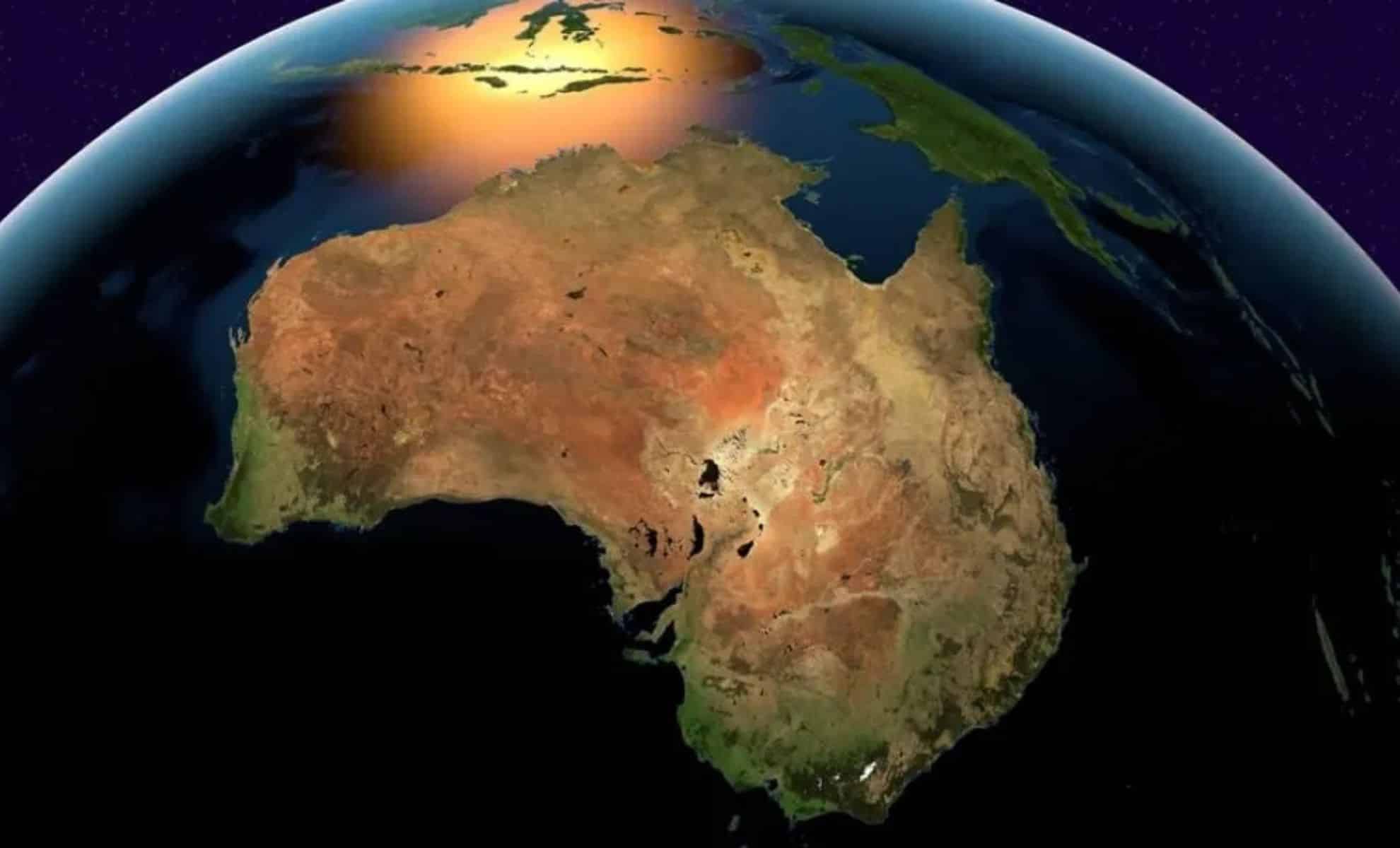
While it may appear that Australia is a stable landmass, the reality is that the continent is gradually moving north, toward Asia, at an unexpected pace. Researchers have determined that this drift occurs at a rate of 2.8 inches (7 cm) each year, comparable to the speed at which human fingernails grow. Although this rate might seem trivial, it accumulates over millions of years, resulting in a substantial geological transformation that will ultimately alter the region’s landscape, climate, and biological diversity.
This movement is part of a grander scheme known as plate tectonics, which has been reconfiguring Earth’s landmasses for hundreds of millions of years. Approximately 80 million years ago, Australia separated from Antarctica, continuing its steady northern drift for the last 50 million years. Yet, this journey is far from complete. Experts suggest that the Indo-Australian Plate, which encompasses Australia, will eventually collide with Asia, leading to significant geological and ecological changes.
What Happens When Australia Meets Asia?
Although the complete collision is still hundreds of millions of years away, the effects of Australia’s movement are already observable. Increased stress along tectonic plate boundaries is contributing to a rise in seismic activity, suggesting a greater likelihood of earthquakes and other geological movements in the area.
Professor Zheng-Xiang Li of Curtin University has extensively researched this phenomenon. In 2009, he remarked, “Whether we like it or not, the Australian continent is on a path to collide with Asia.” He describes this movement as part of a cyclical evolution, where continents drift apart and later reunite, a process that has occurred numerous times in Earth’s geological history.
A celebrated outcome of these tectonic movements is the creation of the Great Barrier Reef. As Australia traversed into warmer tropical waters, conditions became ideal for coral development, resulting in the formation of the world’s largest reef system. However, as Australia continues its northward journey, new land configurations, mountain ranges, and alterations in ocean currents could profoundly impact the region’s ecosystems.
Australia’s Unique Wildlife Faces an Uncertain Future
A potential collision between Australia and Asia won’t just affect geology—it will also significantly alter biodiversity. Australia is home to a plethora of unique species, including kangaroos, wombats, and the elusive platypus. This raises a critical question: what will happen to Australia’s species when the continent merges with Asia, which hosts a completely different array of wildlife?
This question has ignited passionate discussions among scientists and wildlife advocates. Some experts speculate that many of Australia’s iconic marsupials may struggle to compete against Asian mammals, potentially leading to extinction. Others are hopeful that species like wombats, possums, and tree kangaroos may adapt and flourish, while more specialized animals, such as the koala, might face a grim future.
Even Modern Technology Struggles to Keep Pace
Australia’s northward movement isn’t just a concern for future generations; it is already impacting our lives today. In 2016, researchers found that Australia’s GPS coordinate system was off by 1.5 meters (4.9 feet) due to continental drift. Consequently, Australia had to recalibrate its official coordinates by 1.8 meters (5.9 feet) to maintain GPS accuracy.
As the continent continues its migration, navigation systems, infrastructure, and satellite mapping technologies will require frequent updates to prevent discrepancies. This poses significant challenges for autonomous vehicles, precision agriculture, and aviation, where even minor inaccuracies could disrupt operations.
The Indomitable Force of Plate Tectonics
While the notion of Australia colliding with Asia might seem alarming, the fact is that plate tectonics is an unstoppable force. The Earth’s landmasses are in a constant state of movement, and although these changes are gradual, their effects over millions of years are profound.
For the time being, Australians do not need to be concerned about waking up in a new continent. However, this movement is real, quantifiable, and already impacting daily life in unforeseen ways. From shifting coastlines and heightened seismic activity to the long-term survival of Australia’s wildlife, the continent’s northward journey is a story that will unfold over millions of years.









